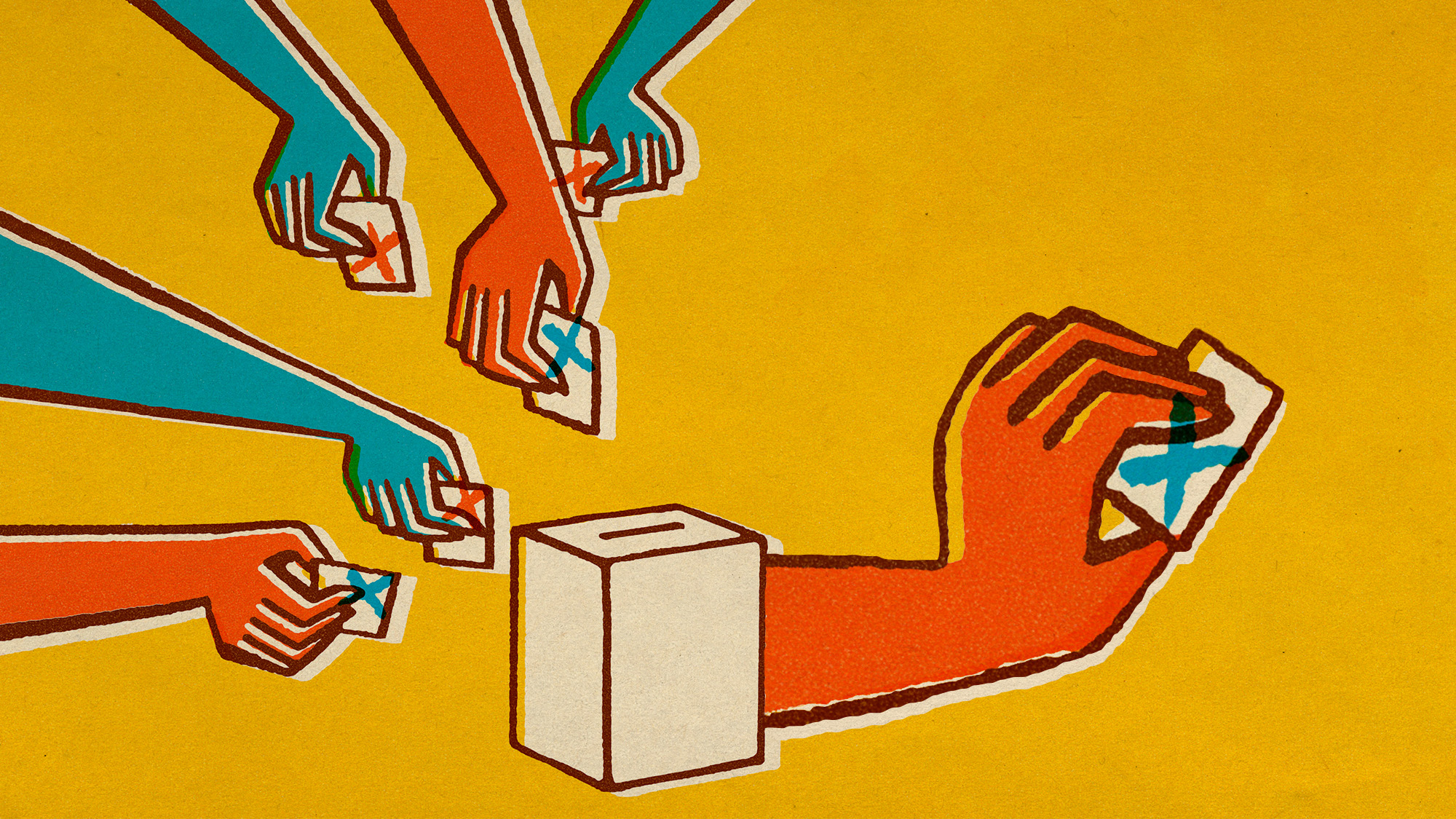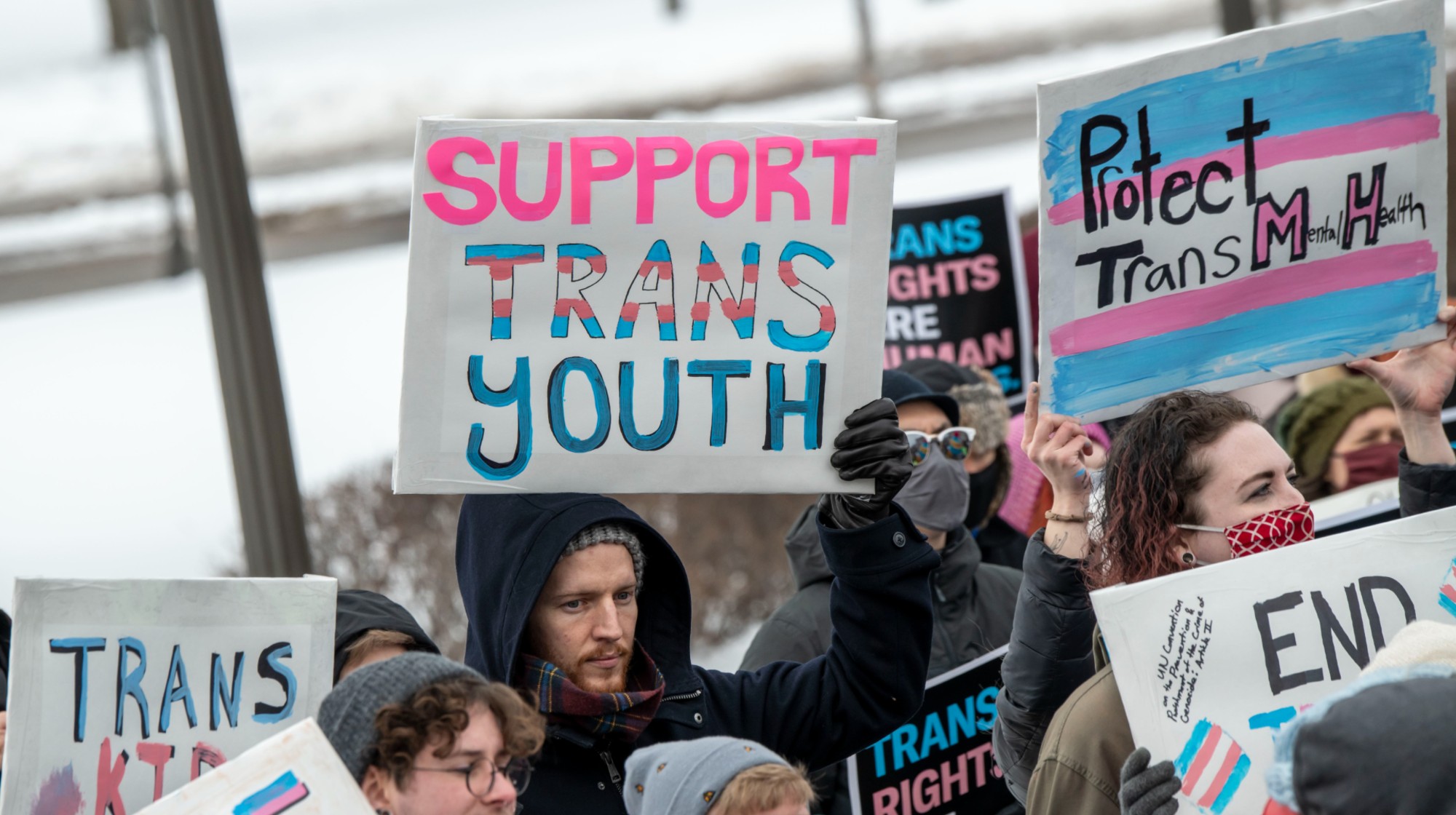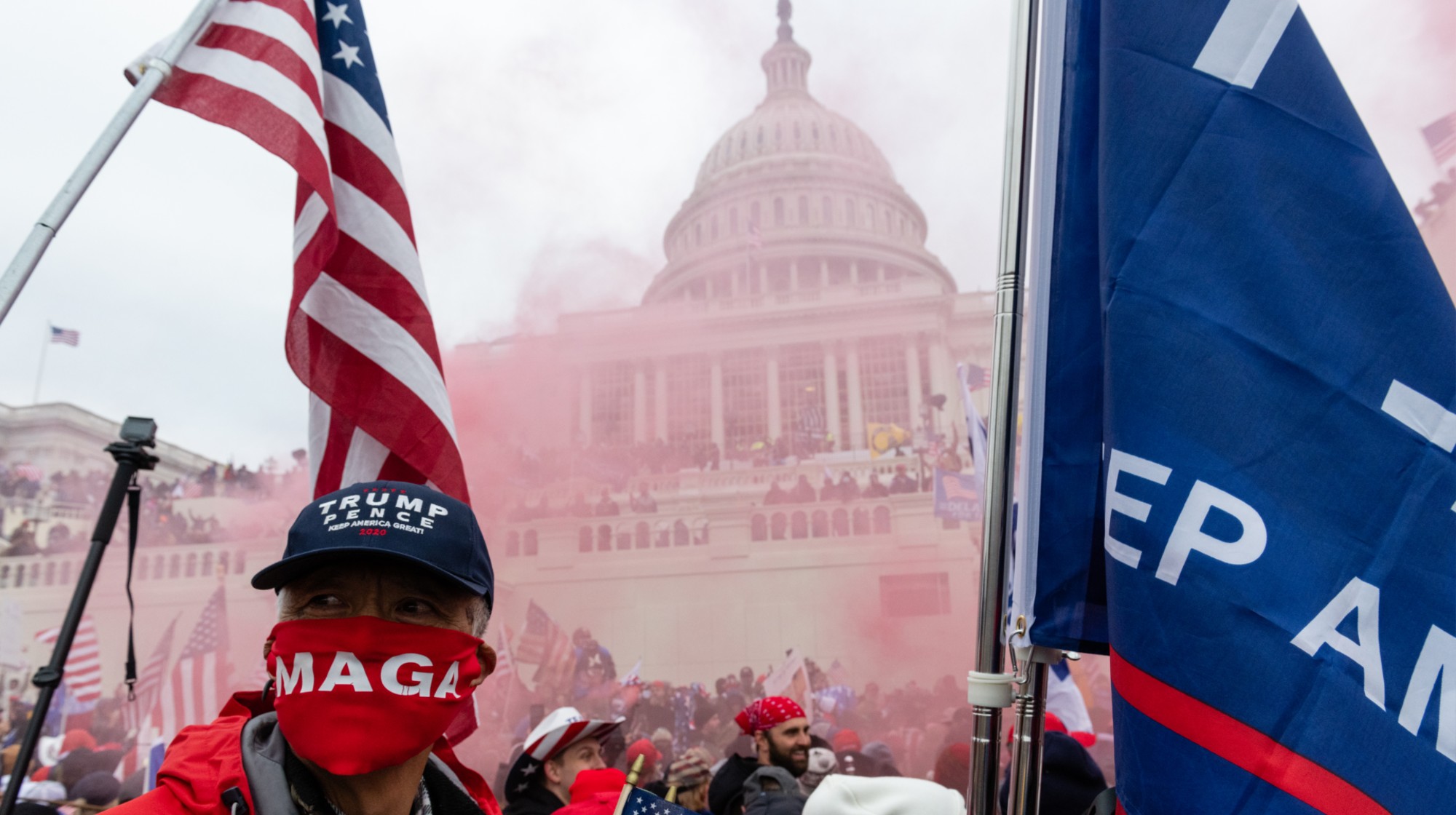How the Electoral College works in US elections
Kamala Harris holds a narrow lead over Donald Trump nationally, but popular sentiment doesn't necessarily translate into electoral success


When it comes to presidential elections in this country, it turns out that "more" is not necessarily "better" — not in terms of capturing votes, anyway. Counterintuitive as it may seem, candidates for the highest office in the land do not run their campaigns hoping to pick up every voter they can. Rather, the American electoral system presents a challenge of convincing the right number of people to cast their ballot for a particular candidate in the right place.
By focusing on key voting demographics in key battleground states (and sometimes even battleground districts), candidates are transparently acknowledging that American elections are fundamentally not about achieving a majority of total votes, but instead about strategizing how best to game the broad, complicated system known as the Electoral College. It's states, not people, who decide elections, with each candidate working toward crossing a set threshold of electoral college votes determined by the population of each state. Whether a candidate wins a state by a single ballot or a million, they will still only receive that state's set number of electoral votes — forcing campaigns to allocate their time, money and resources accordingly to maximize their electoral, rather than overall, prospects. Understandably, it's a system that has its share of both champions and detractors who hope to abolish the structure outright. In fact, doing away with the Electoral College altogether was a "once-bipartisan consensus," Politico said.
So what is the Electoral College, how does it work and why do we have it?
The Week
Escape your echo chamber. Get the facts behind the news, plus analysis from multiple perspectives.

Sign up for The Week's Free Newsletters
From our morning news briefing to a weekly Good News Newsletter, get the best of The Week delivered directly to your inbox.
From our morning news briefing to a weekly Good News Newsletter, get the best of The Week delivered directly to your inbox.
What is the electoral college?
The electoral college is the name given to 538 "electors" who convene every election year to cast one vote each and choose a president. These electors have the final say on who ends up in the White House.
Rather than directly voting for a president, eligible U.S. citizens vote for the elector who is supporting the candidate that the voter wants to win. While guided by the popular vote, presidential elections are finalized and validated by the electoral college vote.
All told, a total of 538 electors are spread out across the 50 states of the U.S. in proportion to each state's population. This is "supposed to guarantee that populous states can't dominate an election," but the calculations used to distribute electors have been the subject of controversy for decades, said The Washington Post.
Each state has two electors (one for each of its senators), with any more beyond that corresponding to their number of congressional representatives. California, as the most populous state, has 55 electors, while Alaska, Delaware, Montana, North Dakota, South Dakota, Vermont, Washington D.C. and Wyoming all have three, the lowest possible amount.
A free daily email with the biggest news stories of the day – and the best features from TheWeek.com
Nevertheless, small states are still over-represented. California, home to approximately 12% of the total U.S. population, has around 10.22% of the electoral college, while Wyoming, which accounts for 0.18% of the U.S. population, is given 0.56% due to the minimum electors rule.
Accordingly, California is allotted one electoral vote per around 700,000 people, while the country's least populous state, Wyoming, has one electoral vote per 195,000 people. While most states operate on a winner-takes-all system of allocating electoral votes based on the popular vote, Maine and Nebraska allow for electoral votes to be split between candidates.
Crucially, while most electors cast their vote along the line of whichever party "won" the state, they are not legally obliged to do so: occasionally, an elector will abstain from the vote or even vote for the opposing candidate.
These so-called "faithless electors" did just that seven times in the 2016 election. In 2020, seven states saw Republican-created slates of faithless electors attempt to submit votes on behalf of Donald Trump, despite his having lost the state's popular vote. These efforts formed the basis of a significant portion of post-election lawsuits against Trump and his allies.
Once state elector slates submit their votes in weeks following election day, it's up to U.S. Congress to ratify the ballots and make the election results official. It was this process that Trump and his supporters attempted to disrupt on January 6, 2021, during the capitol insurrection.
How did the system come about?
When the US Constitution was being drawn up in 1787, a national popular vote to elect a president was "practically impossible," because of the size of the country and the difficulty of communication across it, said the BBC.
Since few citizens wanted the president to be chosen by lawmakers in the capital, an alternative was proposed: the electoral college, favored in large part by southern states, where "slaves made up a large portion of the population," the BBC said. "Even though slaves didn't vote, they were counted in the U.S. census (as three-fifths of a person)."
After George Washington was elected as the nation's first president, the Founding Fathers "figured that consequent elections would feature tons of candidates who would divide up the electoral pie into tiny chunks, giving Congress a chance to pick the winner," said History.com. "But as soon as national political parties formed, the number of presidential candidates shrank."
Winning the White House
Given the peculiarities of the electoral college system, presidential candidates often target specific states in order to to rack up 270 electoral votes — half of the total plus one — to win the White House.
For example, Democrats and Republicans alike typically devote significant time and money to campaigning in Ohio, a delicately balanced swing state with 18 electoral college votes. Other typical swing states include Michigan, North Carolina and Pennsylvania.
At the same time, other states with much greater electoral college influence — such as California and, more recently, Florida and Texas (38 electors) — are given little attention by comparison, as they are considered "safe" states for the Democrats and Republicans, respectively. However, shifting demographics and political headwinds can change what is considered a toss-up into a solidly blue or red state, and vice versa. For instance, although Arizona had "previously supported the Republican presidential candidate for five consecutive elections," President Joe Biden flipped the state blue in 2020, The Arizona Republic said. Now the state is widely regarded as a purple chance for either party to secure. Florida, on the other hand, has "historically been held up as a massively important state for any White House aspirant," but is now a "comparative afterthought" as Republicans solidify their control over the local government, NBC News said.
-
 The best homes of the year
The best homes of the yearFeature Featuring a former helicopter engine repair workshop in Washington, D.C. and high-rise living in San Francisco
-
 Critics’ choice: The year’s top 10 movies
Critics’ choice: The year’s top 10 moviesFeature ‘One Battle After Another’ and ‘It Was Just an Accident’ stand out
-
 The small Caribbean island courting crypto billions
The small Caribbean island courting crypto billionsUnder the Radar Crypto mogul Olivier Janssens plans to create a libertarian utopia on Nevis
-
 What Nick Fuentes and the Groypers want
What Nick Fuentes and the Groypers wantThe Explainer White supremacism has a new face in the US: a clean-cut 27-year-old with a vast social media following
-
 Trump HHS moves to end care for trans youth
Trump HHS moves to end care for trans youthSpeed Read The administration is making sweeping proposals that would eliminate gender-affirming care for Americans under age 18
-
 Why does Trump want to reclassify marijuana?
Why does Trump want to reclassify marijuana?Today's Big Question Nearly two-thirds of Americans want legalization
-
 Jack Smith tells House of ‘proof’ of Trump’s crimes
Jack Smith tells House of ‘proof’ of Trump’s crimesSpeed Read President Donald Trump ‘engaged in a criminal scheme to overturn the results of the 2020 presidential election,’ hoarded classified documents and ‘repeatedly tried to obstruct justice’
-
 Why does White House Chief of Staff Susie Wiles have MAGA in a panic?
Why does White House Chief of Staff Susie Wiles have MAGA in a panic?TODAY’S BIG QUESTION Trump’s all-powerful gatekeeper is at the center of a MAGA firestorm that could shift the trajectory of the administration
-
 ‘It’s another clarifying moment in our age of moral collapse’
‘It’s another clarifying moment in our age of moral collapse’Instant Opinion Opinion, comment and editorials of the day
-
 Trump vows naval blockade of most Venezuelan oil
Trump vows naval blockade of most Venezuelan oilSpeed Read The announcement further escalates pressure on President Nicolás Maduro
-
 Kushner drops Trump hotel project in Serbia
Kushner drops Trump hotel project in SerbiaSpeed Read Affinity Partners pulled out of a deal to finance a Trump-branded development in Belgrade